I am trying to use a PSCustomObject to store a bunch of information from a remote computer. I can't seem to get the output of Format-Table to work the way i want it.
As the picture shows, the list of items in the PSCustom object displays inside curly braces instead of as a list under the column header.
Below is the code I am using to generate the test PSCustomObject and populate one of the properties.
$EnvironmentInfo = [PSCustomObject] @{Name=[System.Collections.ArrayList]@(); Description=[System.Collections.ArrayList]@(); Publisher=[System.Collections.ArrayList]@(); Doggo=[System.Collections.ArrayList]@()}
$EnvironmentInfo.Name.Add("Doggo")
$EnvironmentInfo.Name.Add("Doggo")
$EnvironmentInfo.Name.Add("Doggo")
$EnvironmentInfo.Name.Add("Doggo")
$EnvironmentInfo.Name.Add("Doggo")
$EnvironmentInfo.Name.Add("Doggo")
$EnvironmentInfo.Name.Add("Doggo")
$EnvironmentInfo.Name.Add("Doggo")
$EnvironmentInfo.Name.Add("Doggo")
$EnvironmentInfo | Format-Table -Property $_
